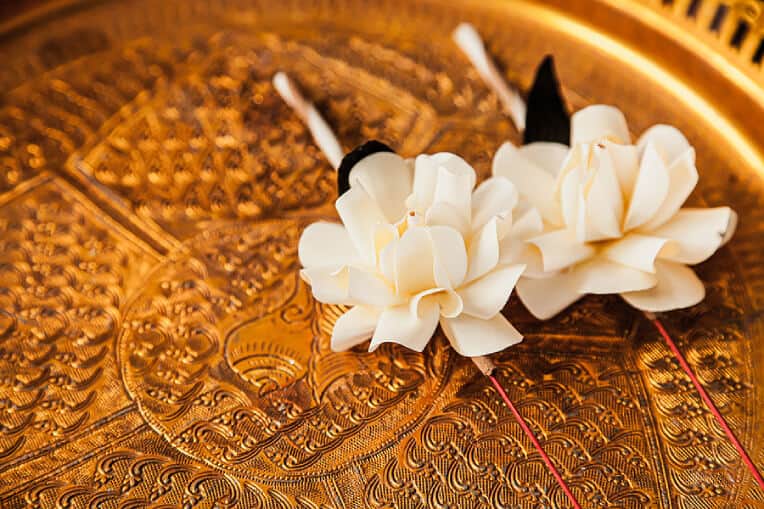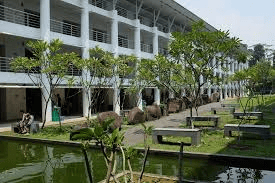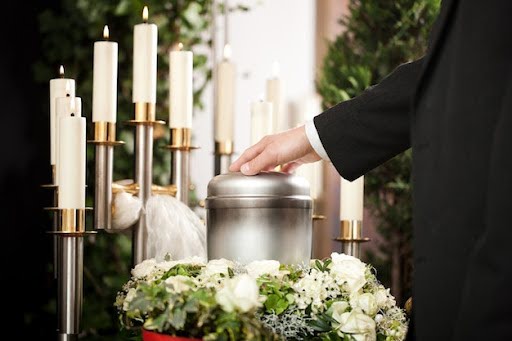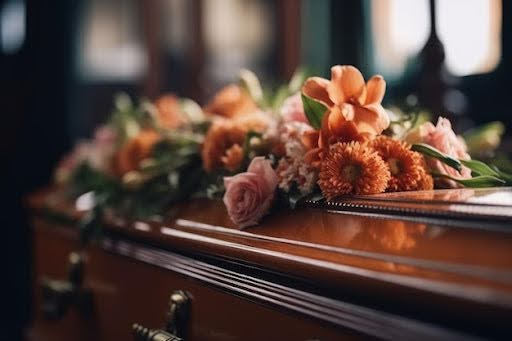
As with many other religions, Buddhism has its fair share of school of thoughts and sects, but one thing binds them together, and that is the samsara. The samsara refers to the endless cycle of birth, death and rebirth. In order to free themselves from this cycle, one has to detach themselves from all worldly desires and build enough good karma to finally attain enlightenment and reach a state of nirvana.
Beyond simply being a funeral send-off, a Buddhist funeral sets the precedence for the transitioning into the next life. For the bereaved family, this funeral offers an avenue for a peaceful closure and final meaningful act of love. Let’s dive a little deeper and discover some of the Buddist funeral customs.
After Death Has Occurred
Following the belief that the soul has yet to leave the body once their breathing stops, the body of the deceased should thus remain untouched and not be removed from their place of death. Instead, bereaved family members should wait for till the deceased’s body gets completely cold before washing and preparing the body for their burial or cremation. Note that the deceased should only wear casual and simple clothes since fancy clothing is highly discouraged.
Burial or Cremation
Buddhist can either be buried or cremated, but the majority often prefer the latter. Either way, monks are usually invited to conduct the ceremony according to Buddhist funeral traditions and chant scripture verses to guide the deceased to the afterlife. If there are no monks to lead the chanting, family members may take that role instead.
For cremation processions, family members will assist in the lifting of casket to the cremation chamber. After which, the cremated remains may be collected by the family to be either enshrined in an urn garden or columbarium, or released into the sea.
The Funeral
Buddhist memorial services are often held on the 3rd, 7th, 49th and 100th day after death (although families are not obliged to stick to these dates if they don’t fit in their schedule). Held either at the family’s home or monastery, the family invites close family members and friends.
Rituals such as chanting the sutras incense burning, burning offerings, presenting flowers and food, and lighting candles are then observed. All of which will take place in front of the altar, where the deceased’s portrait is placed in front of the casket, serving as the centrepiece.
“Dana” is then performed, in hopes to not only bless and purify the mind of those performing the ritual, but also allow blessings to be given to the deceased.
The Funeral Wake
Should the bereaved family decide to prepare a viewing, the room in which the funeral wake will take place in should be peaceful and calm. The casket that displays the deceased is to be open throughout the entire duration and an altar with the image of the deceased may be placed near the casket.
Similarly, chanting may take place, but it must only be for practical reasons as opposed to traditions sentimentality. Since there is no standard duration to abide by, the wake can last for however long the bereaved family wishes.
With that said, it’s difficult to pinpoint certain Buddhist funeral traditions and customs as there are extensive variations between the several sects. On top of finding a parlour with the right funeral services, you’d want to have an experienced funeral director working alongside you to guide you through the funeral preparation process and pick which of their Buddhist funeral services cater to your traditions and customs the best. That said, the bottom line still remains the same: assuring that the deceased has a smooth transition into their next incarnation.


